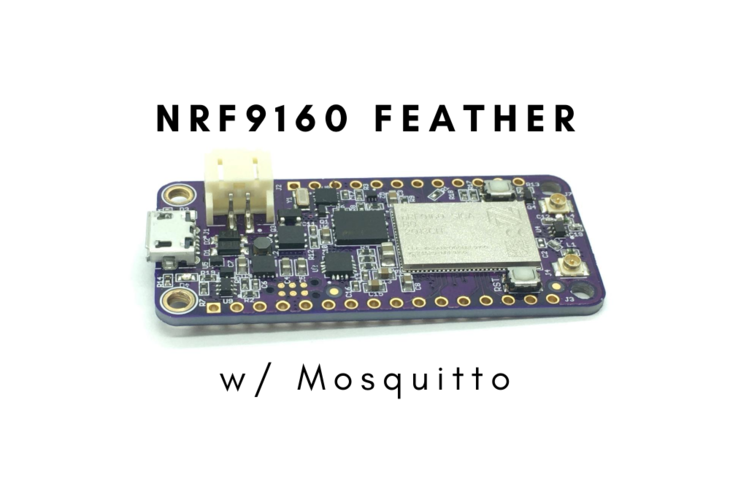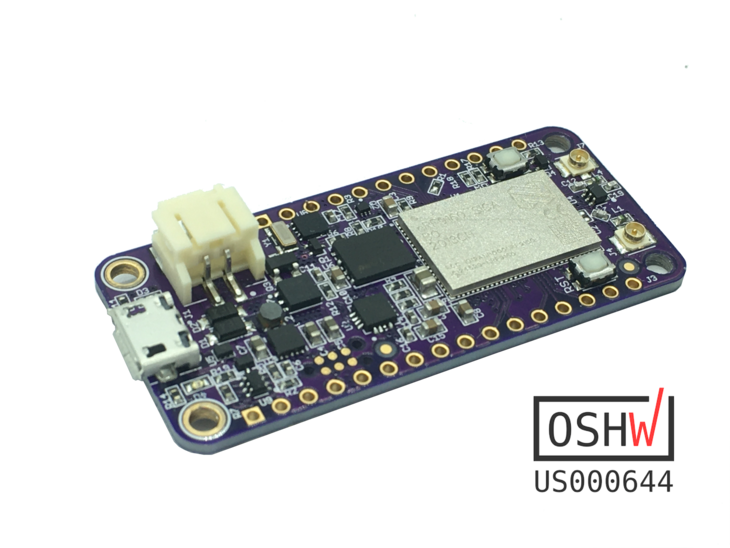In my 4+ years as someone who has lived and breathed startup, I’ve seen some interesting trends. In this post, I wanted to bring some of these trends to light for people who may feel like dipping their toes. I believe this information will provide a stable starting point for people who eventually want to lead a start-up and bring a product to life.
-
Vision that the leadership believes in
I think one of the most important aspects of leading a company is the vision that the leadership emits during every interaction they have with folks around them. This idea of vision is so important because it’s the one thing that will get you and you’re team through all tough times. A great example is of Elon Musk. He started Tesla and SpaceX with only a vision and the money straight out of his back pocket. I remember hearing news that he was living on a shoestring and up to his eyeballs in debt trying to keep his dream alive. Come full circle 4 years later, Tesla has gone public and just recently launched their third vehicle. As stands from the view on the outside, there is no sign of them slowing down.
-
Technical knowledge and/or advisors.
The importance of technical knowledge in a hardware start-up is paramount. One of my suggestions is the CEO needs to have some type of technical know-how about product development from the product ideation all the way to the shipping. Alternatively, if the CEO does not have this domain knowledge, he or she could find someone to fill the knowledge gap.
One of my most favorite ideas about leading in a company is the idea of firing oneself. The point here is to find other folks who can fill in your weak areas so you can focus on the things that make you most efficient.
In my own experience, I’ve already been involved with at two start-ups that the leadership just didn’t understand the technical ramifications of certain decisions. The folks involved had now grasp on the concept of how it would take time from every point in the process from mechanical, electrical, firmware, and software. In some cases they relied heavily on business partners only to find themselves with no leverage and no margins down the road.
-
Knowledge on how to craft a brand what can stand on it’s own
It’s imperative to understand what your brand and how your product is going to impact your customers. You may want to ask yourself “Why do people want to buy your product from you rather than buying it from some other company out there?” How how can you differentiate your company and become the “Purple Cow” in your industry? How. Now that I mention it, if you haven’t already, Seth Godin’s “Purple Cow” is definitely worth your time and it’s a very quick read. My overall point here is that to survive you need to be different but also do something different or do something better than everyone else.
Brand development is just as important as designing and engineering a product. I’ve seen companies handle things very differently especially around taking money before product is ready. It’s a tricky subject and will usually either promote lots of love for your brand or lots of hatred.
Rule to remember: your backers are your champions. They believed in your product and vision, don’t let them down or they’ll just move on to the next thing.
So be original. Be the Purple Cow because when the copy cats start showing up in the market, and don’t worry they will, they will be following your lead.
-
Rally the troops
The only way to get somebody that wouldn’t otherwise be interested in joining a startup would to sell the vision. It becomes quite obvious when people who really believe in their vision. Their eyes light up, their gestures become very positive and you can genuinely tell that this thing is their thing.
For me, one of the main reasons why I’ve worked for so many start-ups so far is that I was somewhat interested in their vision and what they really wanted to do. It has become a bit of a cliche to go out there and “change the world” in any startup but there are companies out there that are making some radical changes.
It’s also important to really understand how to maintain a group of people that will continue to follow you. The onus is on the leadership and CEO to connect with their employees. Think about it, when stress levels are at all time highs the only thing that’s really going to keep everyone together is the vision and the interpersonal connections that are made. Additionally, the only way you can keep someone motivated to work at your startup when they’re underpaid and overworked is to help them to believe in the vision and to believe in the leaders that will get them there. One of my favorite montras to say these days is “my stock options are worth nothing until they’re worth something” because like anything, something is worth nothing until someone forks over dough for it.
-
Optimism and realism
It’s important to have a sense of optimism in a start-up but especially a hardware start-up. Along with the need for technical expertise, there also has to be a certain amount of realism. It’s imperative that that the leaders need to grasp the reality of developing a hardware product. Why? Please see my steadfast rules of hardware startupdom.
- The first rule is however you think it’s going to take to design, build, transport, distribute and sell it’s always going to take longer.
- Additionally, however much you think it’s going to take monetarily, it’s going to take a lot more than that.
Usually though, nothing is ever going to go the way you think it’s going to go, and that’s part of being in a start-up. That’s where the optimism comes in because things are going to go wrong. You’re going to go over budget. You’re going to work nights and weekends to meet deadlines. If you’re not careful you will experience burn out. Ultimately, if you truly believe in your vision, being optimistic will be a lot easier.
-
Money to pay the people and to launch the product
So, you can recruit people using your vision; but, how are you going to pay these people? This process is never quite straight forward. If your product is considerably complex, usually folks will have to go out and raise money from venture capitalists, or maybe an angel investor. There are some other options though if you don’t necessarily want to go directly to venture capitalists. There are hardware accelerators like Bolt or Highway 1, that not only give you some money to get everything rolling but also add value to your engineering process. Post people involved in an accelerator have been around the block once or twice to build product. Highway 1 for instance, they are a subsidiary of PCH. PCH, for those who dont know, is a contract manufacturer (like Foxconn but much much smaller – US $131B vs US $1B in revenues) that is well known throughout the industry. In any event, this is just a sampling of the major opportunities to bring a hardware product to life. This may require a separate blog post for the future. So stay tuned for that.
-
Be ready to do more with the people you have
The #1 startup labor rule: No matter what, you’re never going to have the right amount of people to get product out the door.
I would consider it an expectation for co-workers and founders alike to wear multiple hats. For the leaders and potential leaders out there, to be upfront, is make that the expectation of people that are going to work with you. Some people join and think, “Hell yeah, I’ll be here 10 to 5, go home, sit on my couch and collect paychecks!” Unfortunately, that’s the attitude that will sink ships (startup ships, leader-ships, all the best kinds of ships). Getting a product developed and in customer’s hands takes tons of man hours and if everyone is not all in you may pay the ultimate price.
-
Hold people accountable
Folks need to be held accountable for their jobs. Period. And when they don’t deliver or they’re not adding value to the organization, it may be time to consider letting them go. I personally have heard this story over and over again, but also seen it myself. For instance Nathan Seidle, CEO of Sparkfun Electronics, had mentioned that one of his biggest regrets in running his business was that he didn’t let the people the people who weren’t really excelling at their jobs go soon enough. I believe there there is some fear involved especially if this person is “critical”, but in reality, this person is most likely costing the company more by staying than leaving.
Thankfully, there are some ways to avoid this situation. A common process for companies in the industry is to hire someone as a contractor for a term of 3 to 6 months. At the end of that term, review their performance and if they’re the right fit hire them on as an employee. This is often referred to as try before you buy. The biggest advantage of this is to reduce risk if this person isn’t a right fit, isn’t performing, costing the company more than if they hired the right person, etc. The best part about it is that most contract agreements are straight forward and both parities know when they expire. It usually helps set a reasonable expectation between the company and contractor from the beginning.
For most companies that are trying to build their employee base it makes more sense to hire people that you know first before you hire hire people that you don’t. That is definitely the place I recommend you start. Just keep in mind that the pool of candidates, depending on what you’re looking for, grows quite small quite fast.
-
Use caution when using external partners
Proceed with caution when using external partners to assist or fully design your product. Things tend to get very sticky when you send files to a vendor for DFM and all of a sudden they come back and say they own those files. All of a sudden building your passion project just got allot harder..
My advice is to own all your intellectual property and ensure you have your contractors and vendors sign an IP agreement to ensure there won’t be issues with this later on. As long as your contractors and employees are being paid,, all their work belongs to the company.
Personally, I’ve been directly involved in a company where they did not own some of the intellectual property due to some mismanagement from the beginning. The problem all started when they were making an effort to save the cost of building a hardware product and went to their contract manufacturer and said, “Hey can you help us build this?” Said contract manufacturer then fronted most of the money for the design, built and sold units to the company. A year down the road, business was getting tight and margins seemed to be shrinking. Inside the company, there were talks of moving to another facility. The big problem? They couldn’t get their hands on any of the design files to make that move. How do you move to a different facility when you don’t have the source files for your product? When you don’t own any of that information? Not really..
-
Come in knowning that it will cost more than what you expect it will
This is something that I already touched on earlier; but, if you’re new at this, come in with the expectation that it’s going to cost more. Also, it’s going to take more time to get whatever product that you want to develop out the door. Time and time again, I’ve seen just start-ups will run way too fast through their money and take way to much time to get to market. So how do you navigate something like this? Ask yourself this question every day: “How can we get this product shipped without spending money on X.”
Conclusion
This is but the tip of the hardware startup iceberg. Hopefully all this information will provide insight to anyone who might be looking to be a part of a hardware start-up. Not all companies will be able to do this; but, as long as you kind of have a good portion of these pieces your company will become less of a (difficult and costly) learning experience. Whereas if you have the right people, vision and partners getting into customers hands won’t be such a daunting task.
Last Modified: 2022.1.5



